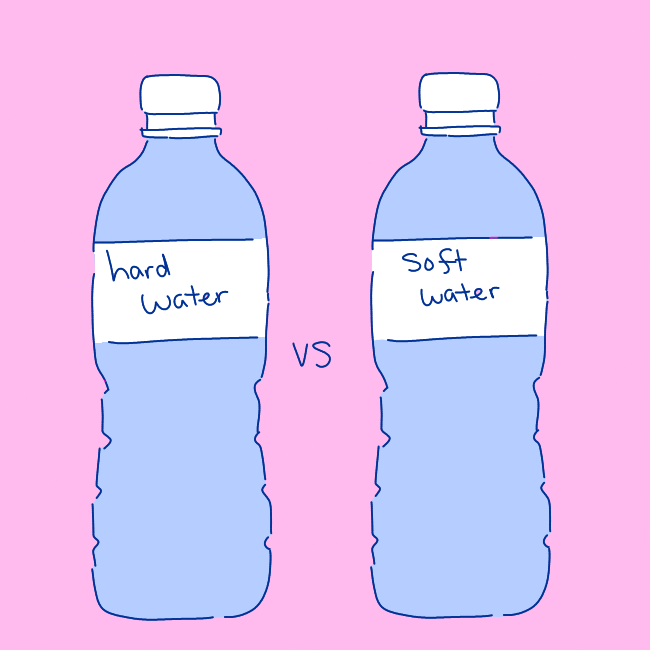Ensuring I am interested and capable of succeeding in the courses I’ve signed up for at the beginning of each year has always been incredibly stressful.
Fueling that stress is the restrictive drop deadline, usually 7 weeks after the semester begins. That time frame sometimes does not provide enough time for students to know where they truly stand in a class. As a result, drop dates prevent students from actually exploring their interests, especially in harder courses.
This year, the last day to drop a class during the first semester was Oct. 6 and for the second semester the last day to drop a class without grade penalty was Feb. 23. The last day to change course levels (dropping from honors to regular courses) for the first semester was Sept. 8, and for the second semester, it was Jan. 26.
A deadline for a course change is reasonable — it’s extremely difficult for a student to join a class in the middle of the year. However, this same logic doesn’t apply to class drop dates.
Since dropping a class past the deadline results in an instant F, many students choose to stay in a class they might be struggling in. They then must survive a class they have little or no interest in, which is not good for them or the teacher. Not only is it bad for students’ mental health, it’s also a waste of time for both parties.
The school should allow students more than those first few weeks to decide whether or not they want to stay in their courses, especially when it comes to AP, Honors or elective courses, which can take longer to get an accurate feel for. As long as a class is not a graduation requirement, students should be able to drop the class any time throughout the year.
In a competitive environment like this one, students often bite off more than they can chew, egged on by external pressures. The mindset goes: “If everyone is doing it, why can’t I do it too?” This forces students to compete with their peers in terms of course difficulty, and many end up prioritizing keeping up with others over their actual success in the class.
With such a toxic mindset, it’s difficult to know one’s strengths and genuine interests. The fear of falling behind or not being able to compete makes it difficult for students to admit they dislike the course or the course is too advanced for them, and restrictive drop deadlines exacerbate this issue by putting the student on a tight schedule.
It sometimes takes more than seven weeks to know if a course is right for you or not. It’s different for each class, but there are cases where teachers don’t put in assignment and assessment grades until the drop dates. For example, some teachers might grade everything at once, making it hard for students to gauge where they are at. When the grades are put in, the delusion of “I’m doing OK” wears off, and that’s where students start panicking.
Dropping classes is really difficult with the fear of falling behind other students, and it’s hard to assess if a class is really for you in just seven weeks. There should not be a deadline for dropping courses unless they’re mandatory in order to graduate.


























